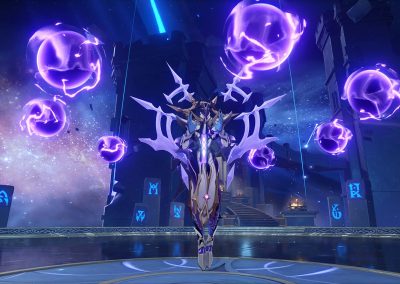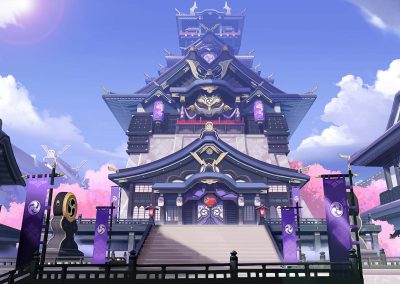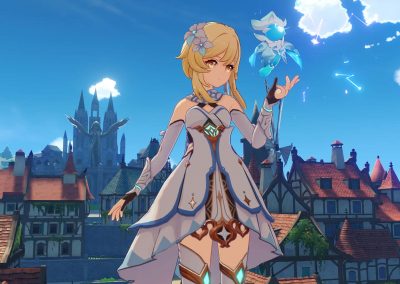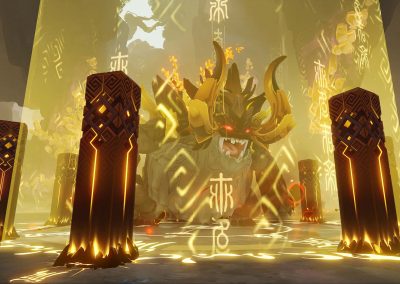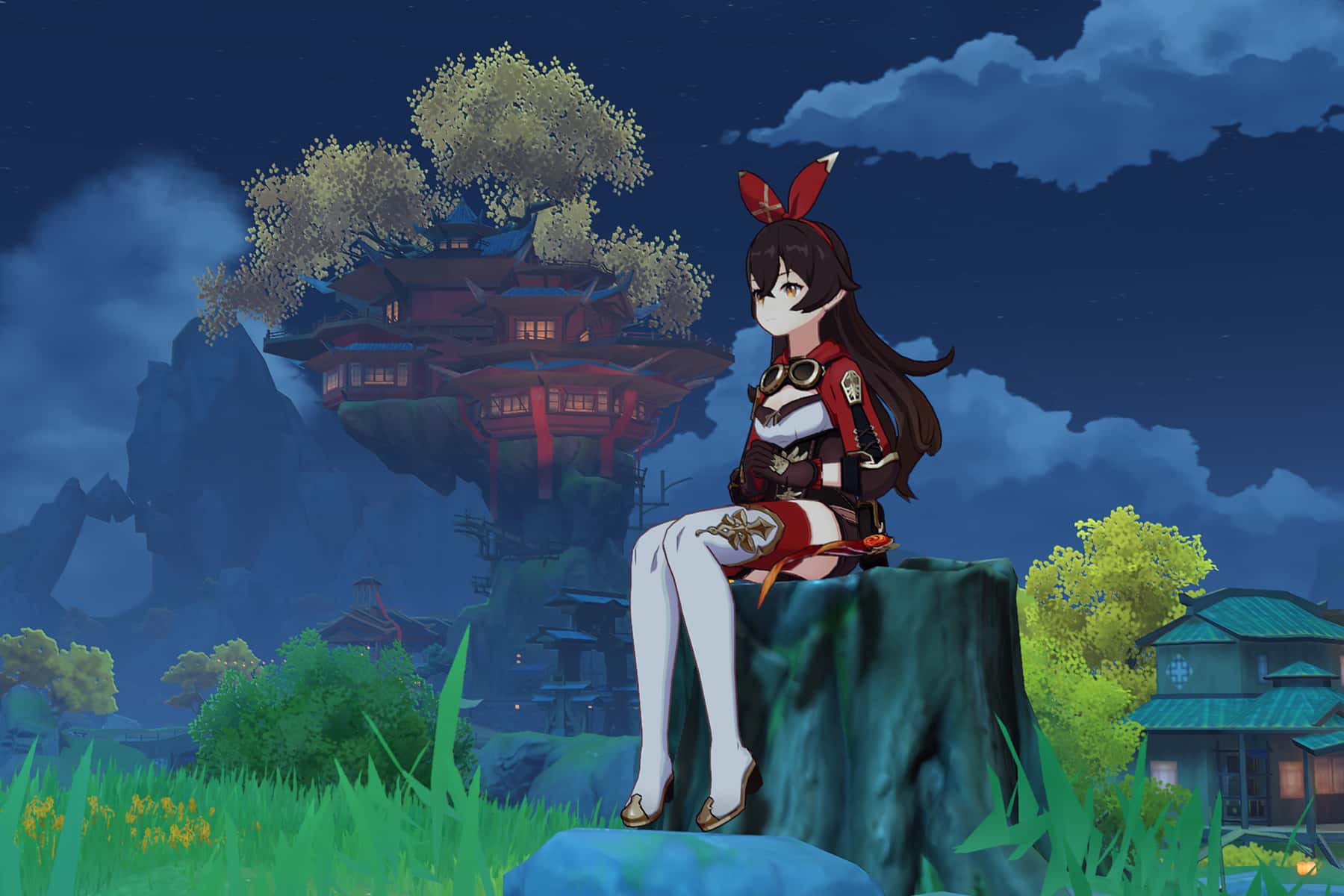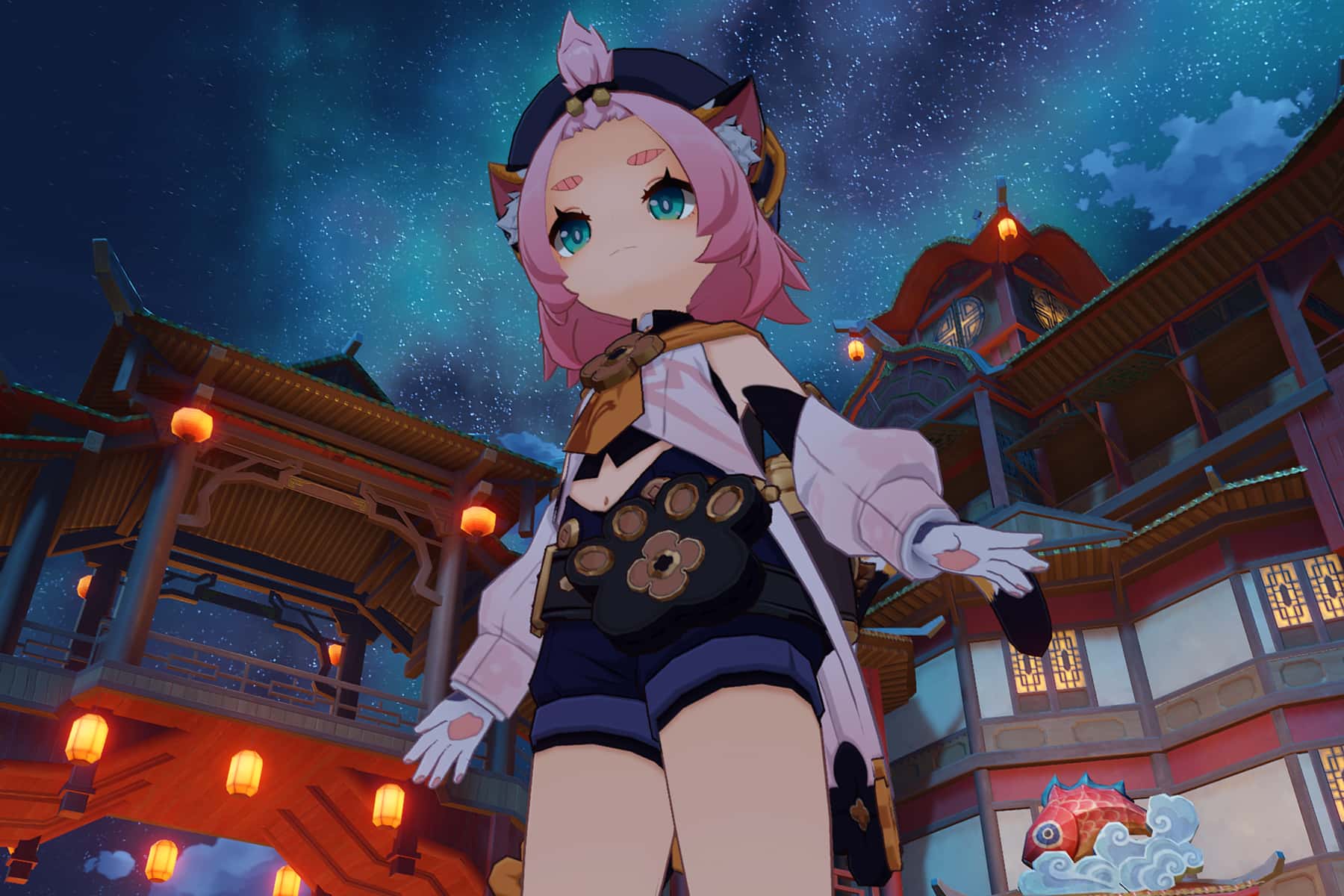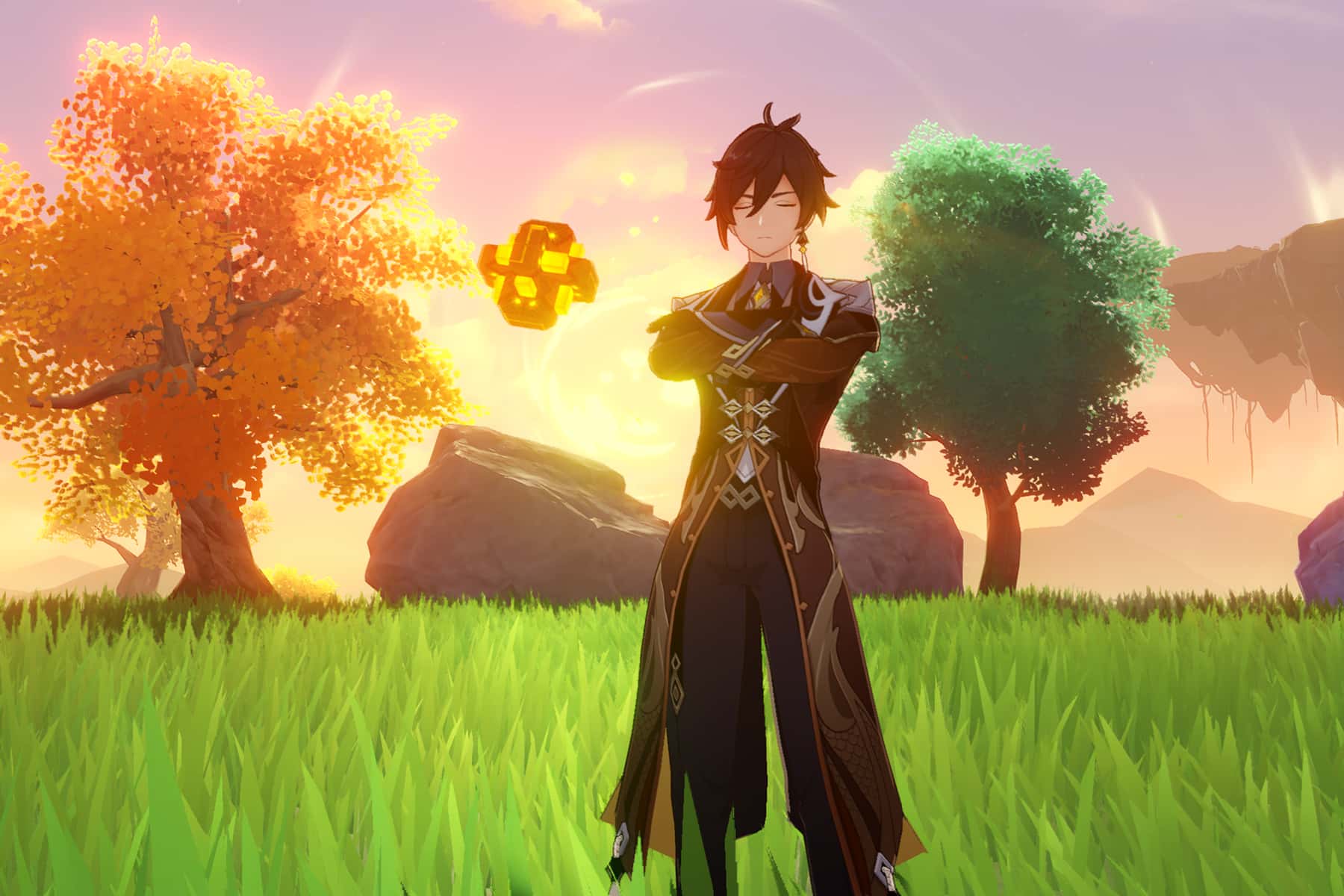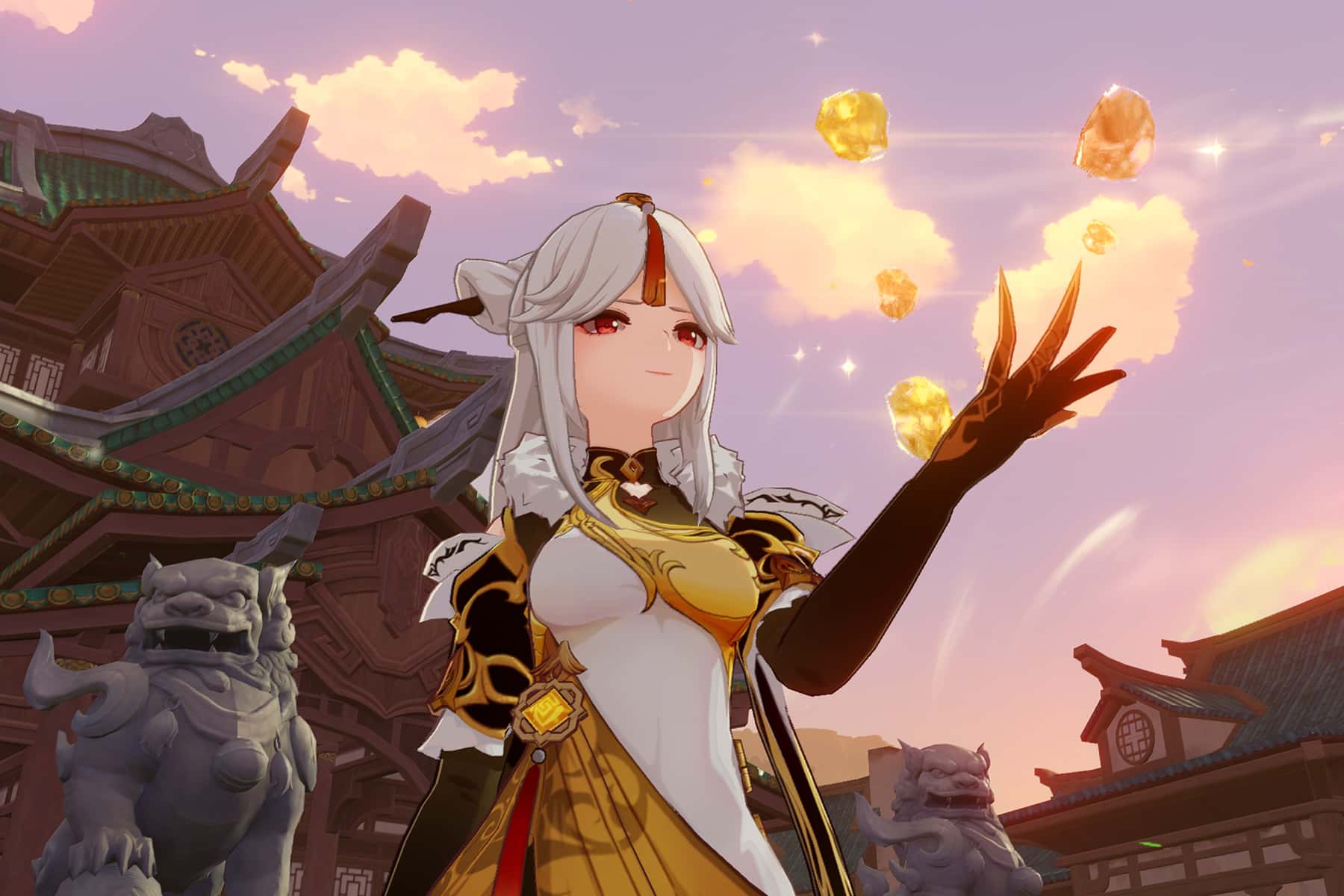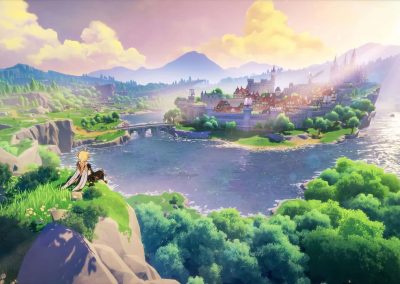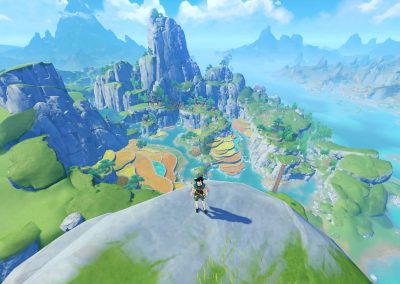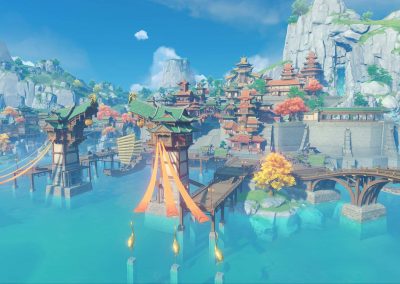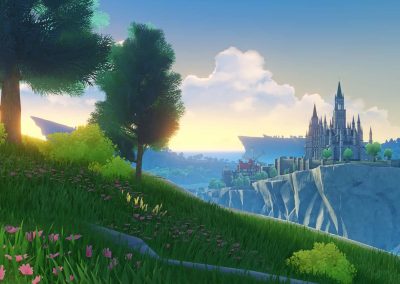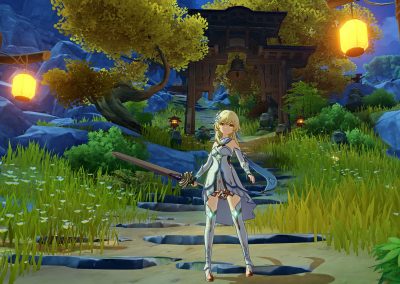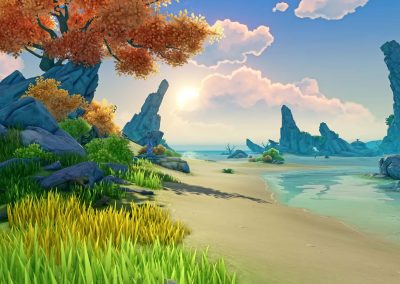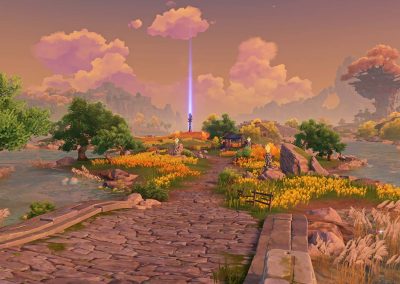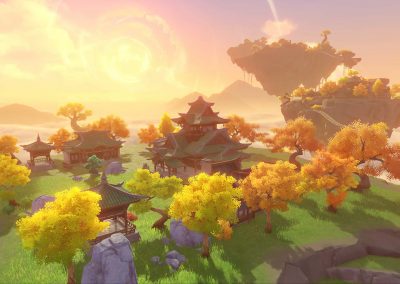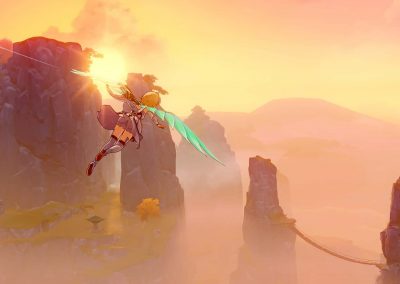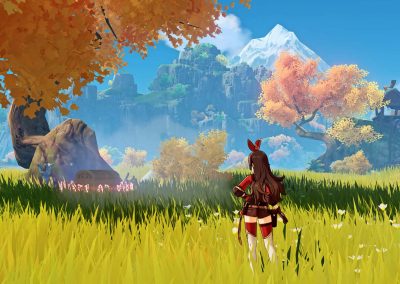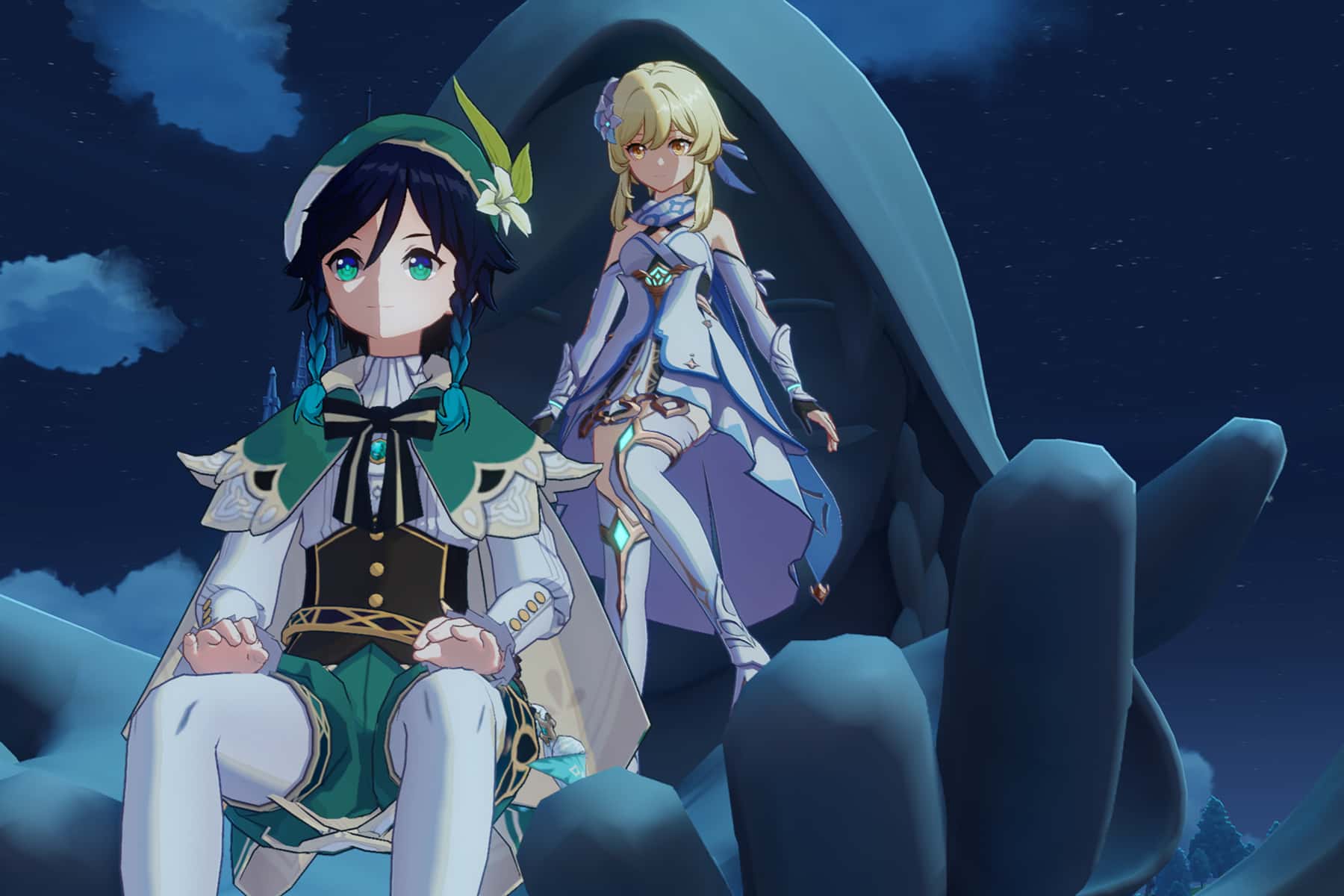
After spending the winter months virtually traveling over half of Japan from the confines of a home treadmill (read In step with Rambalac: How I walked 1,000 miles across Japan during a pandemic without leaving Milwaukee), the mobile game Genshin Impact offered the next step in a COVID-restricted adventure.
Even though I was fortunate enough to receive my COVID-19 vaccination weeks ago, and life in Milwaukee appears to be edging toward a new normal, life is still awkward and not very normal. We all have used different mechanisms to cope with the pandemic. While so many have struggled to endure the harsh reality of each day, others have taken a more detached route.
In the early days of the shutdown, I heard people joking that they would start drinking until the health crisis was over. I do not think there would have been enough beers to get anyone through the past year, and stay healthy in both mind and body. For me, I had work, friends via remote access, and exercise – which I have previously written about.
As a kid, I grew up playing on Atari and Nintendo because video games were the future in a pre-Internet world. I later dabbled with Sega and Playstation in my young adulthood. But I abandoned serious game play years ago. I lost interest and had no time for it. When I got my first iPhone, I only picked up an occasional mobile game as a way to pass the time while waiting for a MCTS bus.
It has been half my life now since I have owned a traditional video game console that plugs into a TV. I am reminded of the episode of “The Big Bang Theory” where Sheldon goes to buy a new Playstation or XBox. He spends hours trying to decide between the two rival platforms, and is finally kicked out of the store at closing without having made a purchase – and suffering a mental implosion. That inability to decide was a factor in my avoidance, along with the expensive investment either game console would require – only to be obsolete in a couple years when the next generation “black box” teased consumers.
Years ago a friend told me how he bought an iPod Touch for each of his kids. They were cheaper than a console, and he could buy them dozens of games before coming close to the cost of one traditional cartridge. Even if the game play was not at the same level, it still made sense to me as a better investment. Of course, I spent all my lunch money on video games as technically advanced as Pac-Man and Space Invaders.
I eventually found some free iOS games that came close to the console experience I remembered. Having an iPad and the touch experience was a far upgrade from the days of holding a cheap plastic joystick. Apple has tried to develop its Arcade platform, with mixed success. I found that iOS games were easier to get in and out of, not requiring large commitments of time to in order to enjoy. For the most part they were solitary play, not the frenzied multiplayer smashfests of the console world. I found all that appealing, since those moments of entertainment offered a short break for my brain between stressful work projects.
And so that was how I randomly picked up Genshin Impact, which I had downloaded in December of 2020. I originally got it because I heard it was popular, but mostly because I have always been a fan of Anime – which the game was modeled after.
I also grew up watching Japanese TV shows where giant space robots fought against giant radioactive monsters. Japanese animated cartoons (Anime) and comic books (Manga) were influential on my creative development. But I have been distant from Anime for a long time. I have reported on Anime Milwaukee for many years out of nostalgia, but I have no connection to the new generation of fans.
A part of me, however, does still appreciate the art. That was why I downloaded the app, and because it was free. But I never bothered to even launch it until sometime in early April, almost 5 months later. When I did, it came at a moment without thought or planning, and a dare for me to hate it.
I picked up Genshin Impact after my daily workout, during a cooldown pause before beginning another round of work in the evening. I really did not know much about the game. I had not put any thought into it since the download, or paid attention to news about it beyond how wildly popular it had gotten.
I did not even want to like it, and only jumped into it for a few minutes here and there. Then after a few weeks I was hooked, which I did not see coming. But looking back, it had all the hallmarks of the game play I remembered from my Nintendo days. The video game was another kind of immersion – outside the COVID-19 social distancing restrictions – and without the physical effort that a treadmill required.
Genshin Impact looked like a typical Japanese Anime show, transported onto a mobile game platform. After playing for a while, and noticing many of the character names were uniquely Chinese, I took a moment to finally look into the game. I discovered that it was designed by the Shanghai-based company miHoYo. It did not have the feel of the homegrown games I occasionally played in China years ago.
In my early experience, Chinese video games did a poor job ripping off old American and Japanese games. The industry also lacked its own console platform like Nintendo. The average person could not afford such a luxury item, so playing electronic games on early mobile phones and the Internet became popular instead. The online games that started seeing success were the ones that emulated the art and style of Japanese Anime, which had always been wildly popular across Asia. The games were originally illustrated to reflect the purely mythical legends of China, but over time the industry began to embrace its rival’s cultural influence. They then began to look Japanese made to appeal to the global game market.
Genshin Impact was released for Microsoft Windows, PlayStation 4, Apple iOS, and Google Android in September 2020. It immediately became one of the most popular games around the world, even if American gamers were slow to pick up on the phenomenon.
“Genshin Impact is a free-to-play open-world action RPG that brings players to the visually stunning world of Teyvat. The player takes on the role of the mysterious “Traveler,” who sets off on a journey to discover the fate of their lost sibling and unveils the mysterious secrets of Teyvat along the way. Currently, players can explore both Mondstadt and Liyue Harbor, two of the seven major cities in Teyvat, each with unique cultures, stories, and vast surrounding landscapes, and offering a diversity of creatures, monsters, secrets, and hidden treasures for players to discover. Further cities, stories, characters, and seasonal events will be released as the game progresses.” – miHoYo, developer and publisher
The world is called Teyvat, but the first time I heard it spoken in the game it sounded like “Tibet.” It shocked me, because that was one of the three T’s that foreigners felt pressured to avoid talking about in China (Tаіwаn and Tіаnаnmеn are the other two). The Chinese government restricts and censors anything critical of its rule, which includes video games. And even though a make-believe fantasyland should be safe from our current reality, there are politics in games too – especially with fans.
The game does not require any money to be spent to enjoy it. But the success of Genshin Impact, and its revenue driver, is in the unique characters that players can select. The more time spent in the game, the more likely some funds will be spent to snag a powerful weapon or hot new character in an effort to upgrade abilities faster.
Just like Nintendo’s The Legend of Zelda: Breath of the Wild, which the game designers said had a heavy influence on their vision for the adventure, Genshin Impact is an action-packed role-playing game with a huge world. It is eye-candy full of gorgeous locations to explore by running, climbing, and gliding. There are hidden treasures and mysterious objects at nearly every step along the expansive environment, and game mechanics that keep players continually engaged. Best of all, the level Bosses are not so insurmountable that they halt play, which is a common frustration of quest games.
The special story adventures, featuring cinematic cut-scenes in an epic style taken directly from Anime, combines a great deal of fun and emotion into the experience. Every character has a detailed backstory and represents a magical element, like fire, water, electricity, or ice, and style of combat such as magic, a sword, or spear attack. It is everything a good console game should be, but playable on a mobile device – for free.
In under six months Genshin Impact racked in $1 Billion, averaging $6 Million a day. That total placed it among the most successful entertainment products to be produced by a Chinese game company for the global market. While established franchises like Pokemon Go can clear industry record profits, it still took that game 9 months to reach the $1 Billion level. It has earned $4 Billion over the lifetime of its release.
The game developer miHoYo uses the business model known in Japanese as “gacha,” after the gachapon vending machines that dispense little randomly selected toys in plastic spheres. As a result, it is legally compelled to publish the astoundingly low odds of getting rare characters. Players have spent hundreds or sometimes thousands of dollars to “pull” new and powerful characters or weapons. Because above all else, it is a collection game, where players want the latest new and sparkling hero.
As for me, it is not something I can be engaged with while on the treadmill. But it is entertaining for those moments when I am not required to engage my brain. I have exhausted my movie library and the inventory of streaming services like Netflix and Amazon Prime. So playing Genshin Impact once in a while offers a combination of challenge and nostalgia. At least until the new normal – whatever that is – finally arrives in Milwaukee. Then we can all move on with a post-pandemic reality where the only fire and ice being thrown is during political discussions.
- In step with Rambalac: How I walked 1,000 miles across Japan during a pandemic without leaving Milwaukee
- Video playlist of virtual walks across Japan offers a way to step out of the isolated madness of COVID-19
- Annual Anime celebration blankets Milwaukee in Japanese costumes, culture, and cute
- Japanese glam rock band ACME plays first overseas concert at Anime Milwaukee 2019
- Milwaukee loves Anime but has yet to embrace International Masturbation Day
- “Kawaii culture” of Anime brings $3.8M economic impact to Milwaukee
- Anime convention does more to desegregate Milwaukee in a weekend than nonprofits do all year
- Photo Essay: AMKE celebrates all things Japanese
- Photo Essay: The eye candy and edible snacks of Anime merchandising
- TeddyLoid: Japanese musician talks music, manga, and Milwaukee
- Photo Essay: DJs spin Anime tracks at Nocturnal Underground dance party
- 360° Video: TeddyLoid remixes the Rave at Anime MKE
- Countdown to Milwaukee’s anime invasion
- How anime silently desegregates Milwaukee
- Photo Essay: Anime Milwaukee (2016)
- Industry celebrities a big attraction at AMKE
miHoYo and Lee Matz

